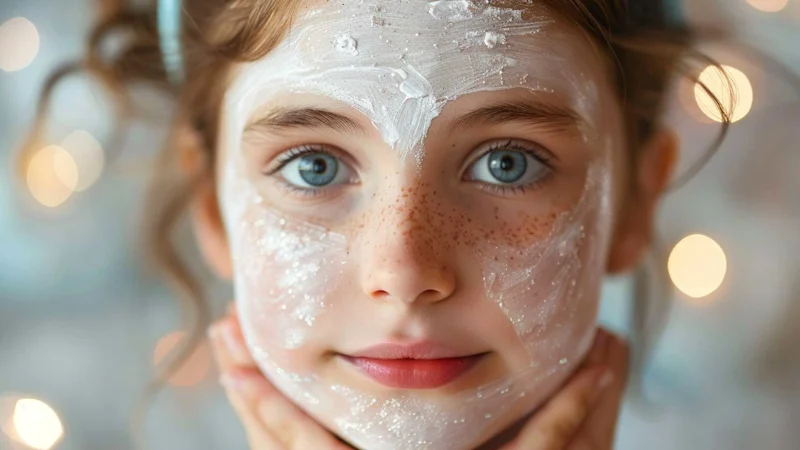
Germany Proposes TNT Environmental Standards Amid Rising Munition Pollution Concerns
Germany's CONMAR-Impact study sets new environmental quality standards for TNT in marine ecosystems, raising industry-wide compliance questions.


The Scientific Committee on Consumer Safety (SCCS) has announced that Butylparaben, a commonly used cosmetic preservative, is unsafe for children aged 0.5 to 10 years when used in combination across multiple product categories at concentrations up to 0.14%. To ensure safety, the SCCS has recommended a reduced maximum concentration of 0.028%.
The SCCS’s latest assessment, released in January 2025, revealed that Butylparaben poses potential endocrine-related risks for children when applied in combination with multiple cosmetic products. This reassessment follows earlier evaluations that identified data gaps on children’s specific exposure to the preservative.
Key findings from the report include:
Butylparaben’s endocrine-disrupting potential has been a primary concern. The SCCS highlighted that the preservative exhibited hormonal activity in laboratory tests. While human toxicokinetics and toxicodynamics data suggest similar metabolic pathways between children and adults, children’s smaller body sizes and developing physiology amplify potential risks.
The SCCS guidance outlines product-specific recommendations based on age groups. For instance:
The SCCS stressed the importance of conducting comprehensive dermal absorption studies tailored to European children. Current evaluations assume a conservative absorption rate of 50% in the absence of robust data. Improved methodologies, such as 3D scanning for body surface area measurement, were also recommended to refine safety assessments.
Foresight continuously tracks 1000s of sources and maps updates to your portfolio:




Germany's CONMAR-Impact study sets new environmental quality standards for TNT in marine ecosystems, raising industry-wide compliance questions.

EFSA finds limited evidence of microplastic release from food contact materials, citing mechanical stress as the main mechanism and calling for improved methodologies.

Illinois will prohibit nonbiodegradable plastic glitter in personal care products by 2029, impacting manufacturers, retailers, and regulators alike.
Subscribe to Foresight Weekly and get the latest insights on regulatory changes affecting chemical compliance.
Free forever. Unsubscribe anytime.
Read by professionals at